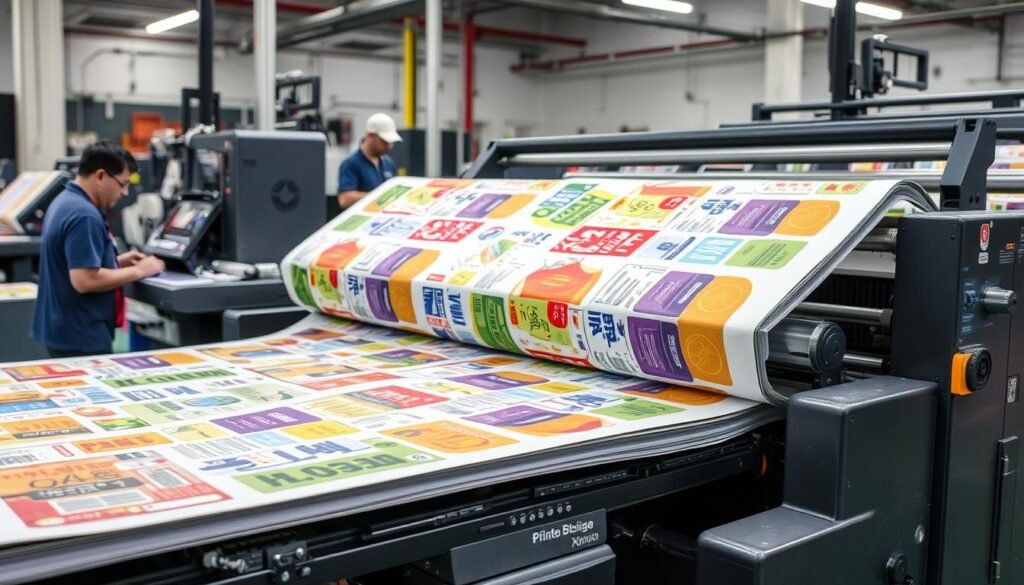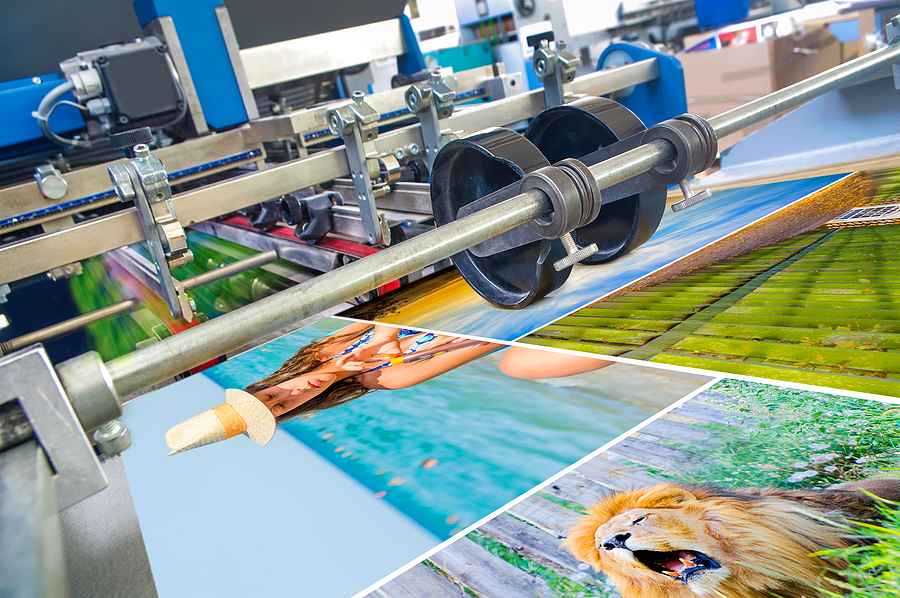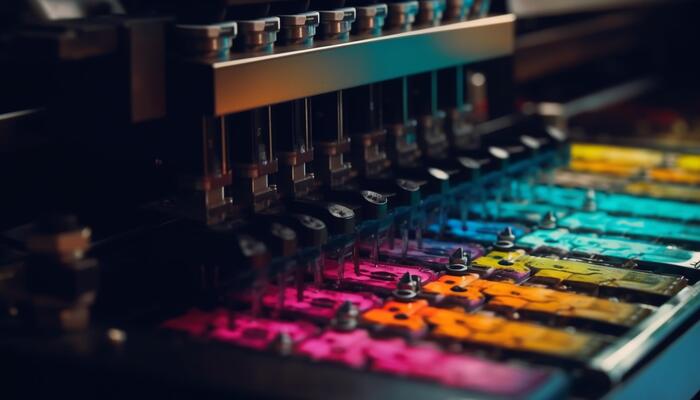In the world of print, offset printing and post-press finishing play crucial roles. These techniques are vital for producing high-quality printed materials, making them essential in various industries. Understanding these processes can significantly enhance the quality and appeal of your printed products.
Offset printing, known for its precision and efficiency, is a popular choice for producing large volumes of high-quality prints. Meanwhile, post-press finishing adds the final touches, enhancing the overall aesthetic and functionality of the printed material. Let’s delve deeper into these fascinating processes.

Understanding Offset Printing
Offset printing is a popular printing technique that involves transferring ink from a plate to a rubber blanket and then onto the printing surface. This method is highly efficient and produces sharp, clean images, making it ideal for high-volume printing projects.
The Process of Offset Printing
The offset printing process begins with creating a metal plate with the image to be printed. The plate is then dampened with water and ink, adhering only to the image area. The inked image is transferred to a rubber blanket, which presses the image onto the paper, producing a vibrant, detailed print.
Benefits of Offset Printing
- High Image Quality: Offset printing produces sharp, clean images with rich colors.
- Cost-Effective: Ideal for large print runs, making it a cost-effective option for businesses.
- Versatility: Suitable for a wide range of printing surfaces, including paper, cardboard, and plastic.
The Role of Post-Press Finishing
Post-press finishing involves various processes that enhance the visual appeal and functionality of printed materials. This stage adds value to the printed product, making it more attractive and professional.
Types of Post-Press Finishing
- Lamination: A thin plastic film is applied to the surface, providing protection and a glossy finish.
- Embossing: Creates a raised design on the paper, adding a tactile element to the print.
- Foil Stamping: Applies metallic foil to certain areas, creating a shiny, eye-catching effect.
Benefits of Post-Press Finishing
- Enhanced Appearance: Improves the overall look and feel of the printed material.
- Increased Durability: Protects the print from wear and tear, extending its lifespan.
- Added Value: Makes the print more appealing and professional, adding perceived value.
Combining Offset Printing and Post-Press Finishing
Combining offset printing and post-press finishing offers numerous benefits, allowing businesses to produce high-quality, professional materials that stand out. This combination ensures prints are not only visually appealing but also durable and functional.
Applications in Various Industries
These techniques are widely used in industries such as publishing, advertising, and packaging. For instance, theater programs often utilize offset printing for vibrant imagery and post-press finishing for a polished look. Similarly, product catalogs benefit from these processes to create engaging and informative materials.
Choosing the Right Printing Partner
When looking for a printing partner, consider their expertise in both offset printing and post-press finishing. A skilled partner can help you achieve the desired results, ensuring your printed materials are of the highest quality.
Factors to Consider
- Experience: Look for a partner with a proven track record in the industry.
- Technology: Ensure they use the latest printing technology for the best results.
- Customer Service: Choose a partner who provides excellent customer service and support.
Conclusion
In conclusion, offset printing and post-press finishing are essential processes in the printing industry. They ensure high-quality, professional prints that stand out in any application. By understanding and utilizing these techniques, businesses can enhance their printed materials, boosting their brand image and appeal.

FAQs
What is offset printing best used for?
Offset printing is ideal for producing large volumes of high-quality prints, such as books, brochures, and magazines. It’s known for its ability to produce sharp, vibrant images consistently.
How does post-press finishing enhance printed materials?
Post-press finishing improves the appearance, durability, and functionality of printed materials. It includes processes like lamination, embossing, and foil stamping.
Can offset printing be combined with digital printing?
Yes, offset printing can be combined with digital printing to achieve high-quality results. This combination allows for flexibility and customization, catering to specific printing needs.
For more information on the differences between offset and flexo printing, check out this informative guide.
This article contains affiliate links. We may earn a commission at no extra cost to you.







